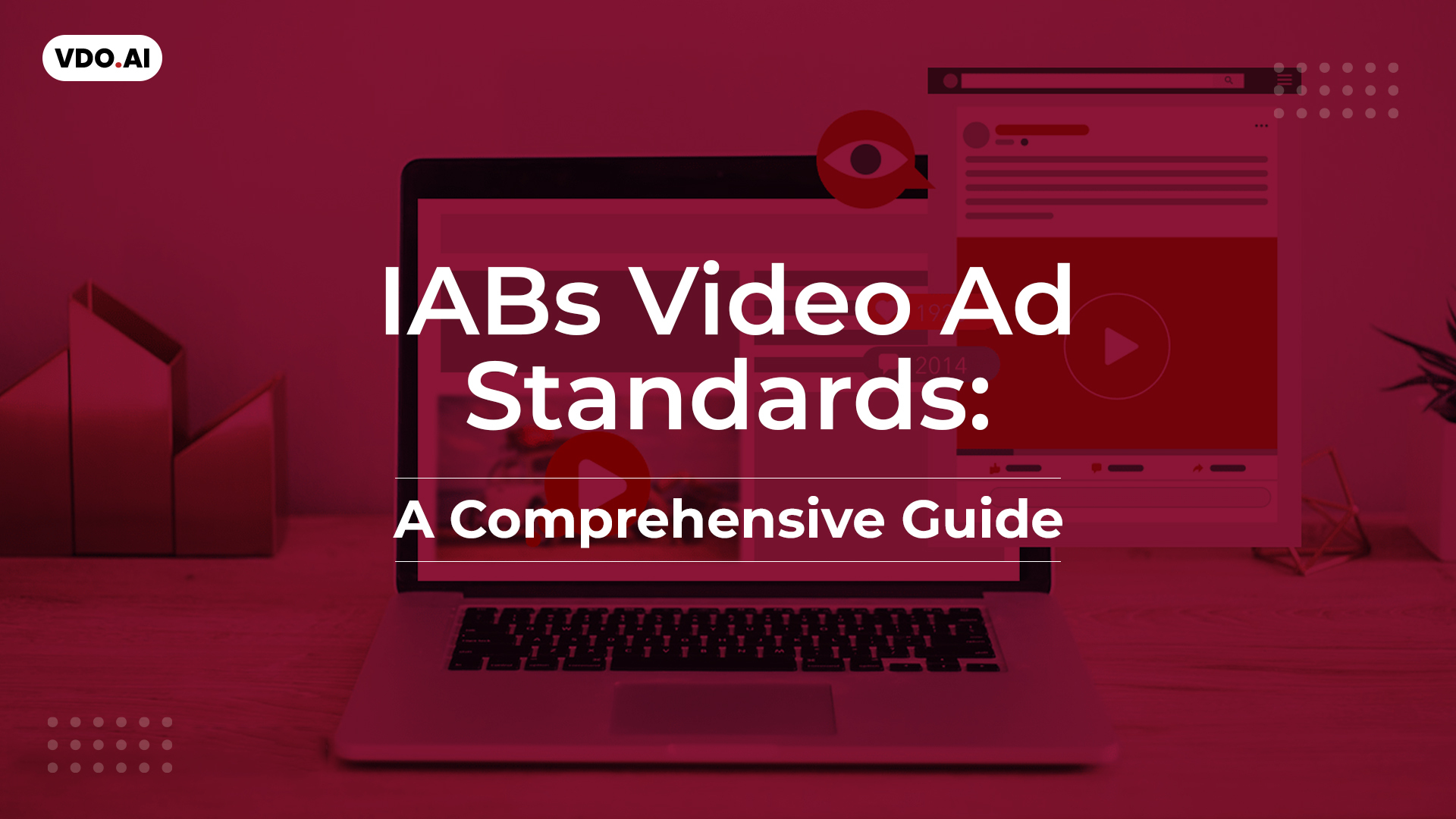AdTech Predictions 2020: The Rise of Contextual Advertising
Reading Time: 3 minutesAdTech Predictions estimate that 2020 be a defining age for the AdTech industry. So far AdTech has enjoyed rapid and unrestricted growth. However, the next decade will be distinguished by its ability to approach its fundamental flaws and regulations as it proceeds to thrive and innovate.
In 2019, digital advertising represented more than half of the total advertising market for the first time in history. And it is furthermore expected to endure double-digit growth in 2020. Hence, experts predict digital advertising to act as the growth engine for the global ad industry over the next decade.
That being said, digital advertising is bound to experience a tougher and more competitive climate in the next decade. Since it has grown unregulated in the past years, the industry has managed to overlook digital advertising’s fundamental issues such as privacy, competition, brand safety, and fraud. According to industry veterans, these issues will continue to be the biggest hindrances to its sustained growth.
AdTech predictions of 2020 will bring a major shift in the industry. Out of which the most prominent thing will be addressing the privacy concerns of digital ads. Achieving so will result in the revival of contextual advertising as well as the growth of connected TV.
Environment Intelligence
The data privacy regulations in 2019 resulted in chaos in the industry. But with the use of third-party cookies, the industry is rising up to a period where this form of data collection simply is not an option. However, as much as the consumers enjoy the better protection of their data, they have high expectations as well. They want to see ads that match their interests, personalized offers, as well as relevant content to enhance their online experiences.
In 2020, the industry will take a more comprehensive role in media curation. Traditionally, this has been driven by access to unique inventory and tighter supply path optimization (SPO) strategies. But the next unfolding will be to employ ‘environment intelligence’. This involves, implementing brand suitability, arrangement, and quality thresholds to media and data.
Given that every brand has complex risk profiles, and that agencies have an individual perspective of intelligence for performance and suitability, both of them will begin to use customized curation.
Emotion-Based Contextual Commerce
The consumer’s path to purchase is no longer linear, there are multiple touchdowns that guide this path. So the question is, how does one become more than just a touchdown? The answer lies in addressing the consumer journey and reaching users through contextual conversations with technology. The modern consumer expects an experience and it is vital that the industry delivers what they demand. The way of producing marketing messages needs alteration to provide an interactive, contextually relevant experience.
In 2020, it is necessary to work jointly with content creators, brands, and media owners to encourage innovation in commercial solutions. Consumers act before they think and buy on the basis of emotions. They also justify with logic, which means that emotional and contextual commerce is the future for advertising.
Shortcomings In Traditional Measurement Processes
The development is media and consumer behavior means that the way we consume advertising is no longer linear. A decade ago, you might have seen one ad on a billboard and the same on a tv a few days later. But now, we see several versions of the same campaign across a broader set of devices and environments.
Traditional measurement techniques like click-through rates give us just one part of the picture. Since 95% of our thoughts are unconscious, these methods cannot help in understanding the impact such factors have. As pressure builds on advertisers to exhibit the value of their investments, we can anticipate a strengthened focus on the influence of context. It will provide long term effectiveness, instead of short term wins. And that will result in putting bigger investments into higher quality measurement methods.
Intelligent Capabilities, Driven By AI
Up until now, there have been notable obstacles that prevented contextually targeting people. But AdTech predictions of 2020 should experience a bigger push towards more intelligent contextual targeting capabilities that AI technology drives.
For instance, Natural Language Processing has been a booming part of the AI industry for quite some time. It can help in realizing the full sentiment of a page rather than looking for flat keywords. Image Recognition Technology can also be applied to scan imagery and video content, so we can get a full view of a page.
When advertisers fully adopt technology, context, or content targeting, they will be able to produce the solution the market is looking for in the cookieless world.



